Are You Counting Payments as Renewals?
Kellblog
MARCH 6, 2019
Enterprise SaaS has drifted to a model where many, if not most, companies do multi-year contracts on annual payment terms. Buyers typically perform a thorough evaluation process before purchasing and are quite sure that the software will meet their needs when they deploy. How did we get here? Let’s consider an example.




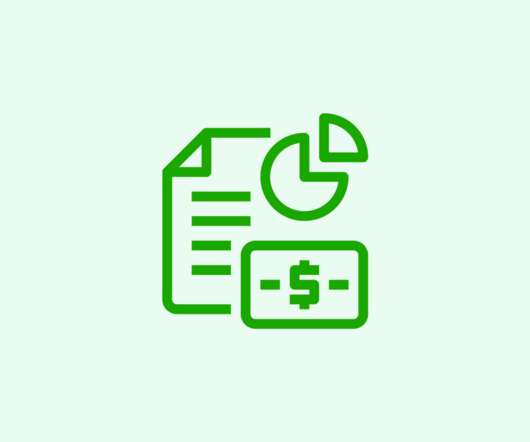

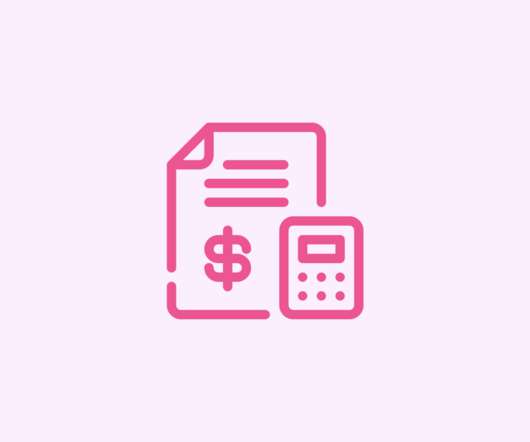


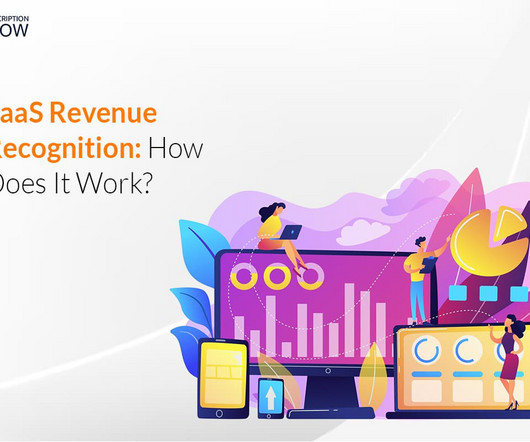

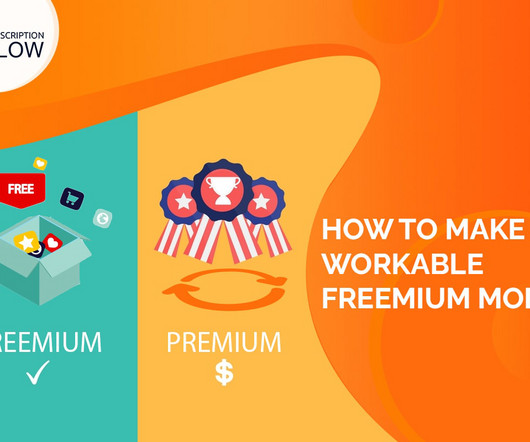
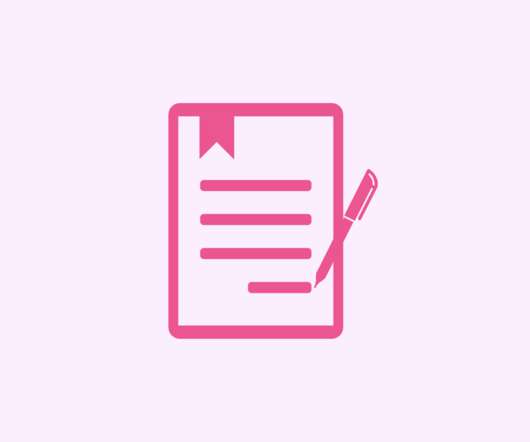




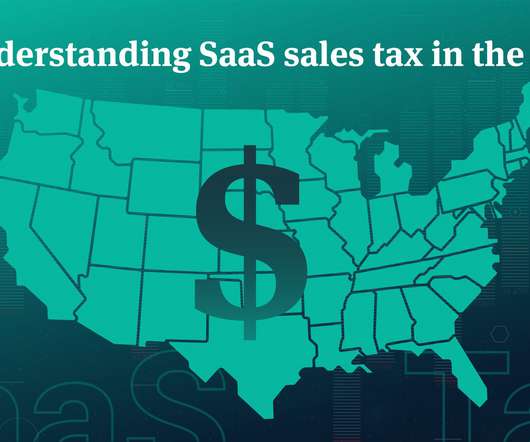


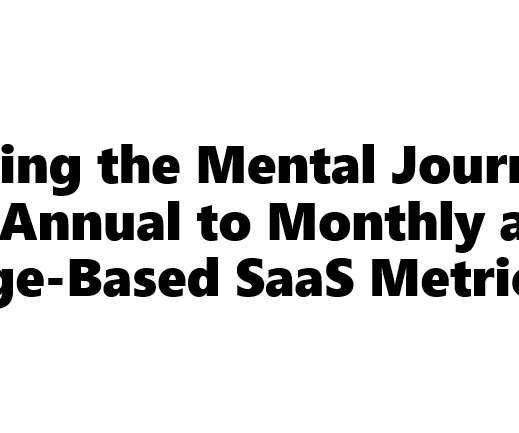
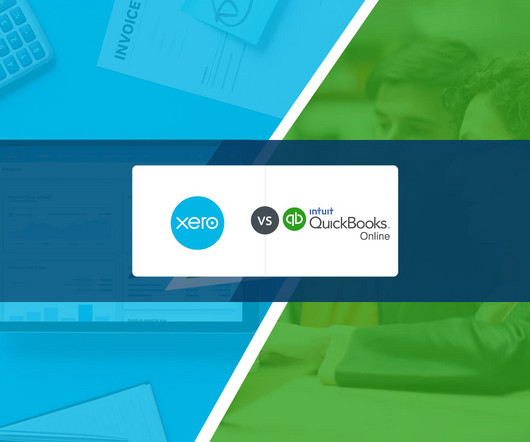








Let's personalize your content